The upgraded Porsche Cayenne has been renewed in every department, with prices starting from £67,400
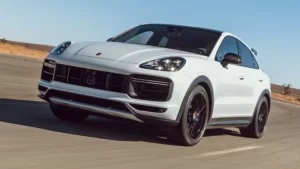

It’s difficult to overstate the importance of the Cayenne for Porsche, with its flagship SUV finding well over a million customers to date and lifting the company from a financial slump in the early 2000s. The third-generation Cayenne was unveiled in 2017, so to give it a new lease of life before its all-electric replacement arrives it’s been given a substantial update for 2023.
The changes centre around new Taycan- inspired design elements inside and out, although there have also been meaningful chassis and powertrain revisions under the new skin. At the front, there’s a pair of Matrix LED headlights that bring the Cayenne into line with the firm’s electric saloon, with optional HD units offering superior road illumination and an active high beam.
The new headlights are set within a remoulded bonnet and front bumper, the latter featuring a neater front grille. There’s more Taycan influence at the rear, with a full-width tail-light bar and a restyled lower valance. The Cayenne doesn’t share its powertrain tech with its EV stablemate, though, with Porsche giving the SUV one last petrol-powered push.
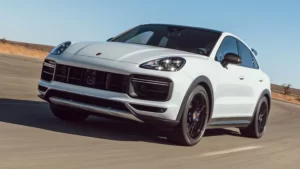
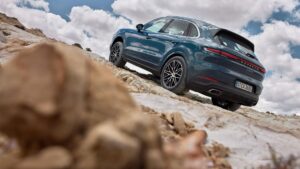
The familiar 3-litre turbocharged V6 remains in the base Cayenne, albeit this time with power and torque boosted to 348bhp and 369lb ft – up by 13bhp and 37lb ft respectively. This updated unit forms the basis of the Cayenne E-Hybrid, which gets a power hike to 464bhp courtesy of the new engine and a more powerful 174bhp electric motor. The motor is fed by a significantly larger battery pack – up to 25.9kWh from 17.9kWh – for a longer 52-mile electric range, too.
The Cayenne Turbo is no more for this generation, being effectively replaced by a twin-turbo V8-engined Cayenne S with improved outputs of 468bhp and 443lb ft. The thunderous Cayenne Turbo GT, which was an engineering marvel in its previous guise, will not be returning to Europe due to ever-tightening emissions regulations.
Still, with GTS and Turbo S E-Hybrid models primed to join the line up later on, the range is set to be almost as expansive as before, and the new Cayenne features a tweaked chassis to go with the more powerful engines. Steel springs and new two-valve PASM dampers are standard fit, with two-chamber air suspension available as an option with the same damping technology. Porsche has focused on engineering greater breadth into the Cayenne’s ride and handling balance, with steeper character changes between the car’s Normal, Sport and Sport Plus drive modes.
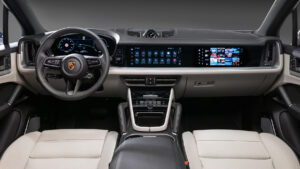
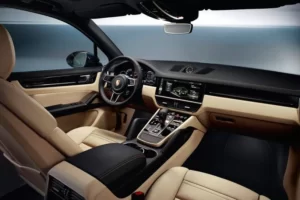
Inside, the new Cayenne debuts Porsche’s Driver Experience cockpit, which centres around a redesigned cabin architecture with more digital interfaces (although some physical HVAC controls remain on the centre console, which has been freed up by a dash-mounted gear selector). Drawing from the Taycan, there’s a digital 12.6-inch instrument panel behind the steering wheel, a 12.3-inch central infotainment touchscreen and, for the first time, an optional 10.9-inch passenger display to access media and video streaming. A directional viewing panel – similar to Jaguar Land Rover’s Dual View solution – prevents the driver from watching content on the move.
Customers can order the new Cayenne now, for delivery in July 2023. With price uplifts across the board for the facelifted model (bearing in mind that the S has moved from a V6 to a V8), the Cayenne starts from £67,400, rising to £76,800 and £80,800 for the E-Hybrid and S models respectively. The Cayenne Coupe continues to carry a premium, starting from £70,300 in base form this time around.
source: evo



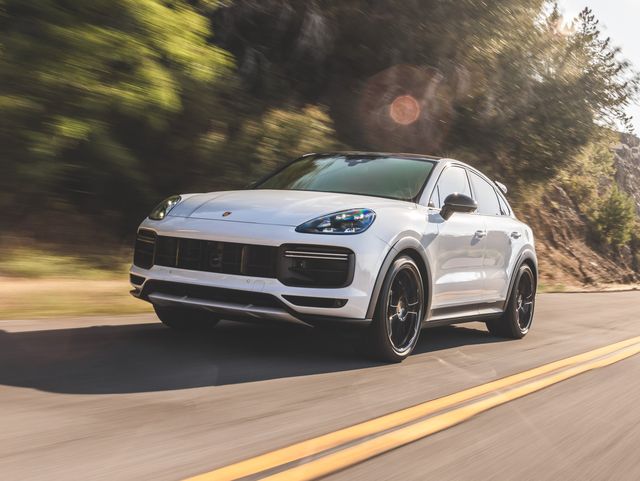
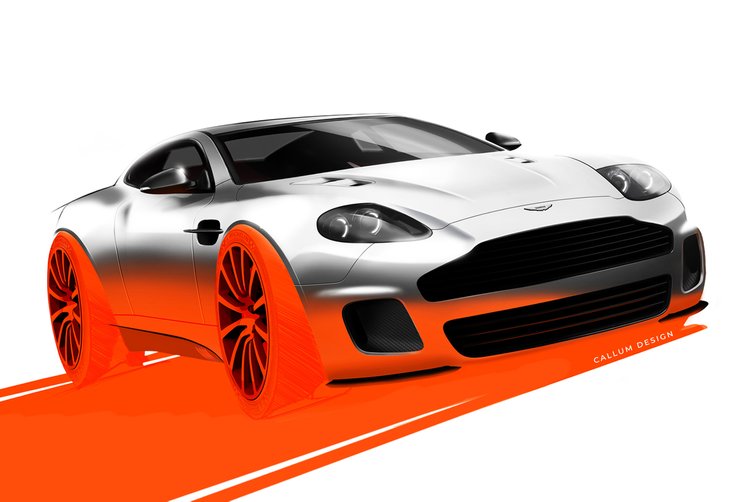

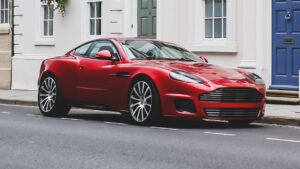
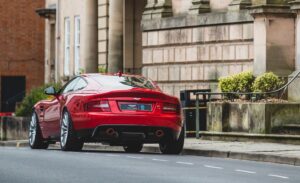
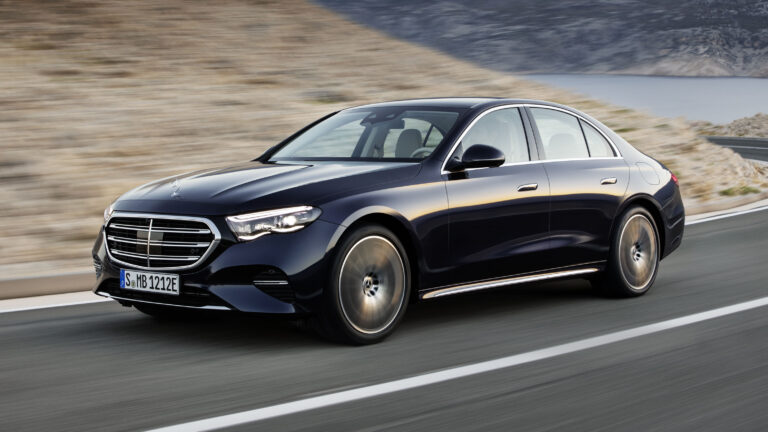
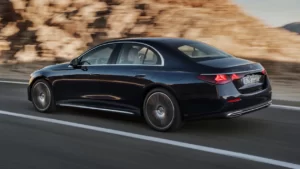
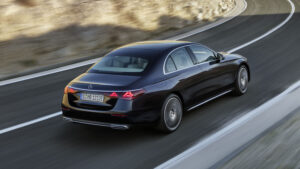
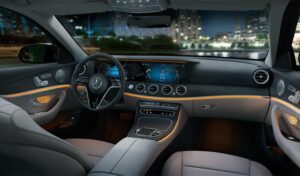
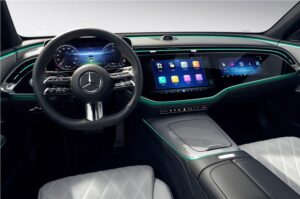
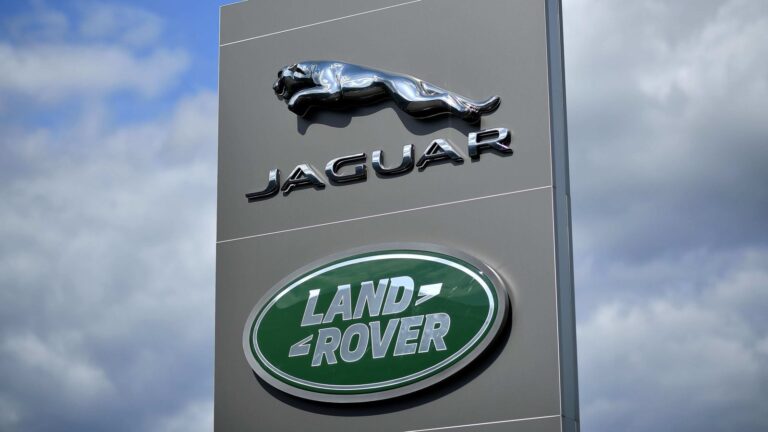
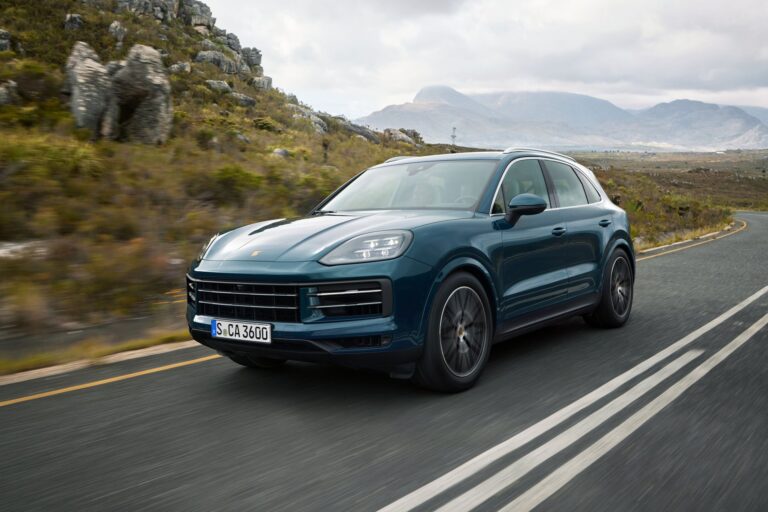
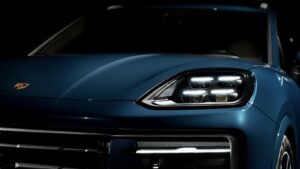
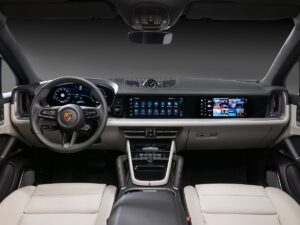
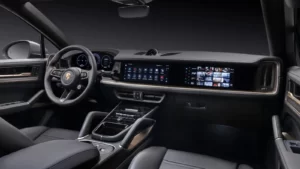
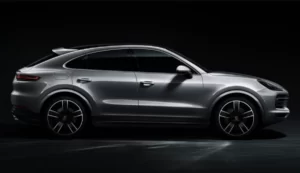
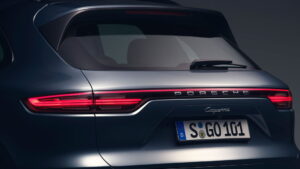
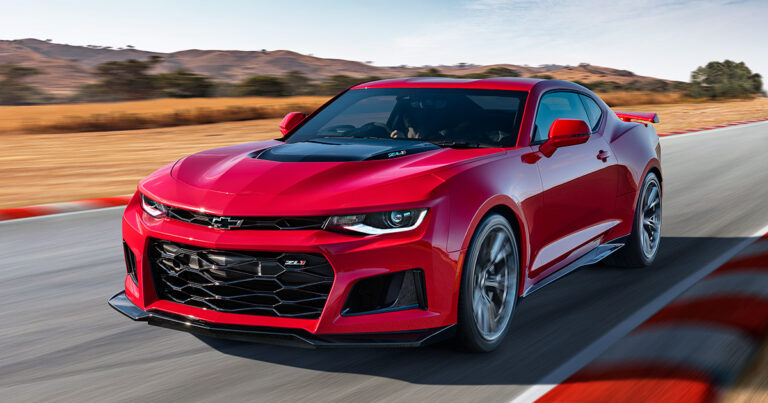
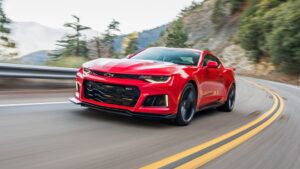
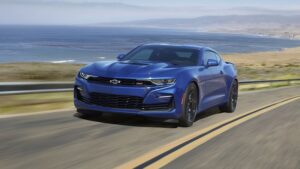
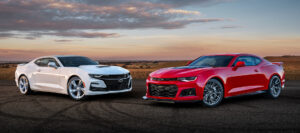
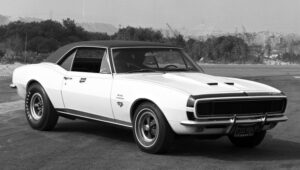
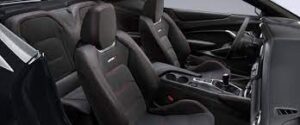
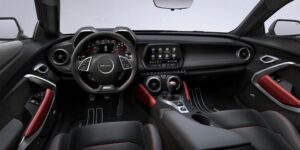
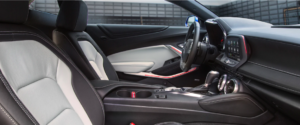
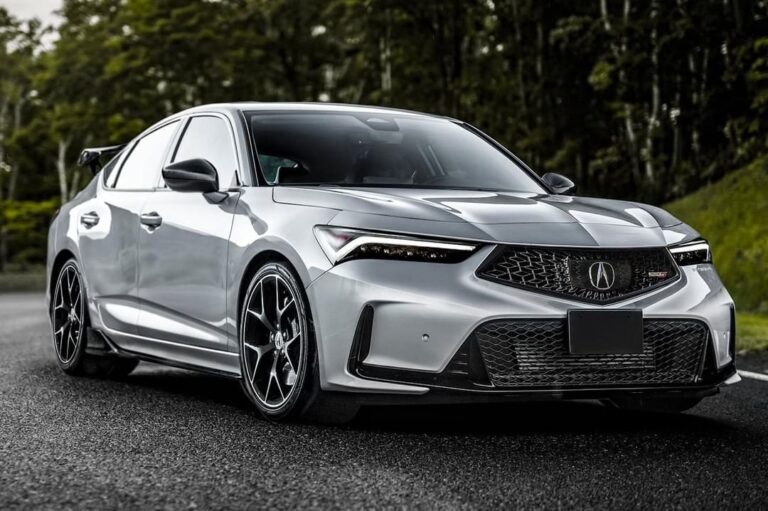
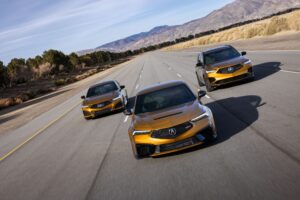

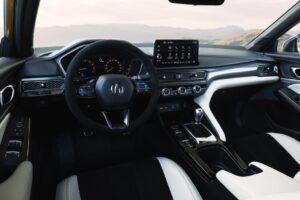
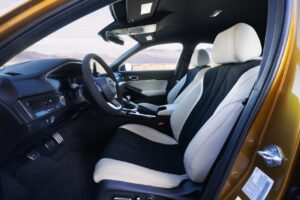

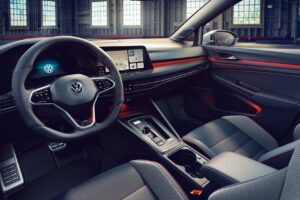
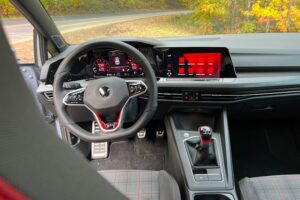
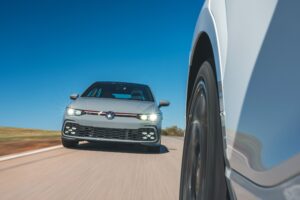
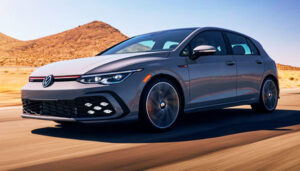
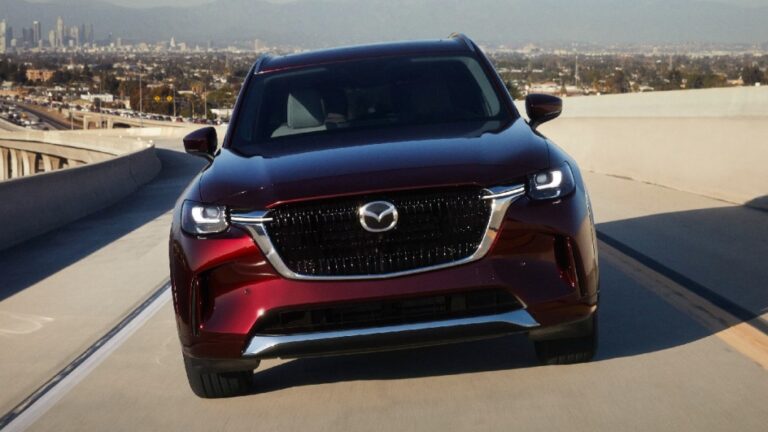
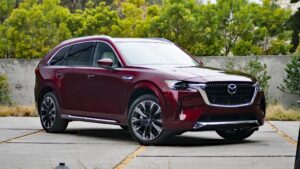 Mazda says that the CX-90 will serve as its flagship, and the company clearly has taken that mission seriously. This is no remake of an existing product. The CX-90 is built on an all-new architecture, is powered by two all-new engines—one of them a plug-in hybrid—and sends its power through an all-new transmission to a new all-wheel-drive system. The CX-90 sits on what Mazda calls its Large platform. By any other name, it’s a rear-drive architecture that situates the engine longitudinally rather than transversely as it is in the CX-9 and all other Mazda products, save for the Miata. All CX-90s come with all-wheel drive standard.
Mazda says that the CX-90 will serve as its flagship, and the company clearly has taken that mission seriously. This is no remake of an existing product. The CX-90 is built on an all-new architecture, is powered by two all-new engines—one of them a plug-in hybrid—and sends its power through an all-new transmission to a new all-wheel-drive system. The CX-90 sits on what Mazda calls its Large platform. By any other name, it’s a rear-drive architecture that situates the engine longitudinally rather than transversely as it is in the CX-9 and all other Mazda products, save for the Miata. All CX-90s come with all-wheel drive standard.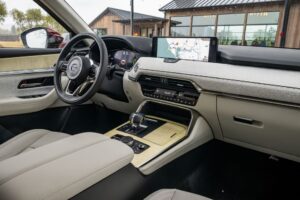 Inside, the loaded CX-90s Mazda had on hand came dressed to impress. The tech-forward cabin features a 12.3-inch infotainment display (lower-end models get a 10.25-inch version) and a crisp 12.3-inch digital instrument cluster (some lesser models use analog gauges). Fit and finish are top notch, though materials quality—while superb for a mainstream automaker—likely won’t make the luxury automakers that Mazda wants to compete with sweat much.
Inside, the loaded CX-90s Mazda had on hand came dressed to impress. The tech-forward cabin features a 12.3-inch infotainment display (lower-end models get a 10.25-inch version) and a crisp 12.3-inch digital instrument cluster (some lesser models use analog gauges). Fit and finish are top notch, though materials quality—while superb for a mainstream automaker—likely won’t make the luxury automakers that Mazda wants to compete with sweat much.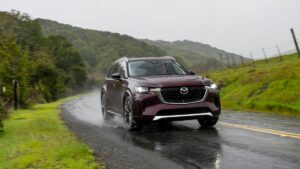 If this all sounds familiar, well, yeah, it kind of is. The new CX-90 is even better to drive than the CX-9, but it still suffers from many of the same packaging problems as its predecessor. This first drive of the CX-90 leaves us feeling very good about Mazda’s latest push toward luxe. This SUV is handsome, plush, and value-priced relative to the premium vehicles it aspires to compete against. It drives with just the right balance of sportiness and refinement to be both engaging and appropriately cosseting. It looks sharp outside and is well appointed inside. But will the general public buy into the premise of Mazda’s master’s thesis—that a brand with a mainstream badge on the grille has the chops to compete with premium SUVs? With CX-90s hitting dealerships in the next few weeks, we’ll know soon enough.
If this all sounds familiar, well, yeah, it kind of is. The new CX-90 is even better to drive than the CX-9, but it still suffers from many of the same packaging problems as its predecessor. This first drive of the CX-90 leaves us feeling very good about Mazda’s latest push toward luxe. This SUV is handsome, plush, and value-priced relative to the premium vehicles it aspires to compete against. It drives with just the right balance of sportiness and refinement to be both engaging and appropriately cosseting. It looks sharp outside and is well appointed inside. But will the general public buy into the premise of Mazda’s master’s thesis—that a brand with a mainstream badge on the grille has the chops to compete with premium SUVs? With CX-90s hitting dealerships in the next few weeks, we’ll know soon enough.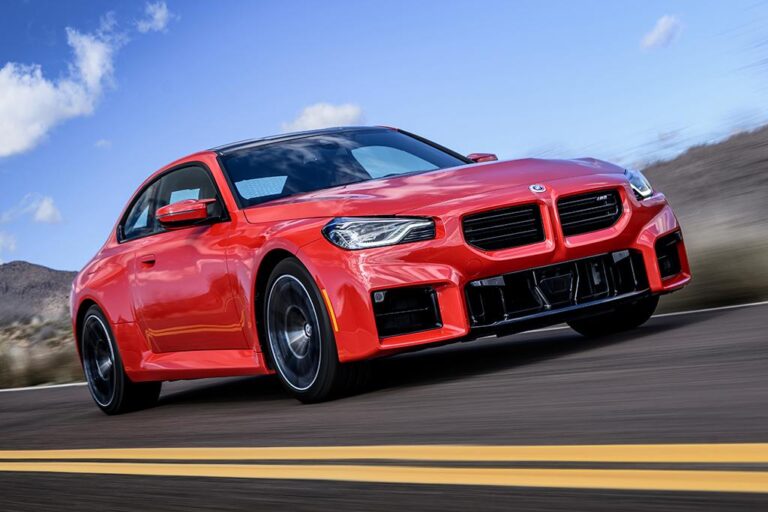
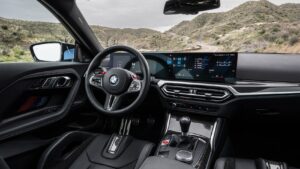 You sit pretty low in a cabin that feels broader than a 33mm increase in overall width suggests, ensconced in comfortable M Sport seats whose pillowy bolsters grip you snugly about the middle. Your legs are dead ahead, the leather steering wheel nice to squeeze if something of a chubber, the M2’s driving position easy to bend to anatomical peculiarities. (The rear seats force six-footers to crouch like Gollum, though a 5cm increase in wheelbase does give you more room than before, plus the boot’s very generous.)
You sit pretty low in a cabin that feels broader than a 33mm increase in overall width suggests, ensconced in comfortable M Sport seats whose pillowy bolsters grip you snugly about the middle. Your legs are dead ahead, the leather steering wheel nice to squeeze if something of a chubber, the M2’s driving position easy to bend to anatomical peculiarities. (The rear seats force six-footers to crouch like Gollum, though a 5cm increase in wheelbase does give you more room than before, plus the boot’s very generous.)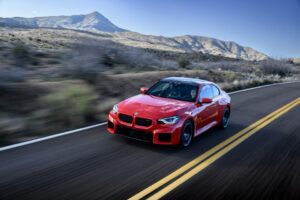 Press the little red starter button and you wake a double-turbo six that purrs through quad exhaust outlets, smooth and warm like velvet straight from the tumbler. The 3.0-litre unit makes 454bhp – 49bhp up on the last M2, 49bhp shy of the latest M3/M4 twins – with torque unchanged at 406lb ft. Depress the clutch, slot first gear – yep, manual – and we’re away.
Press the little red starter button and you wake a double-turbo six that purrs through quad exhaust outlets, smooth and warm like velvet straight from the tumbler. The 3.0-litre unit makes 454bhp – 49bhp up on the last M2, 49bhp shy of the latest M3/M4 twins – with torque unchanged at 406lb ft. Depress the clutch, slot first gear – yep, manual – and we’re away.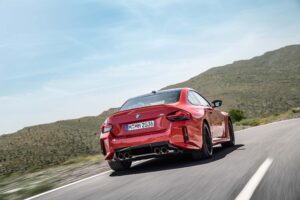 I can gripe, but the fact is I really enjoyed driving the M2, certainly more so than the previous F87 model. Some of the raw honesty and compactness of that car is gone, and the new one weighs and costs too much, but the G87 is the more polished and better resolved machine – exciting and incredibly capable when you’re driving for fun, surprisingly refined and sophisticated when you just want miles to melt away.
I can gripe, but the fact is I really enjoyed driving the M2, certainly more so than the previous F87 model. Some of the raw honesty and compactness of that car is gone, and the new one weighs and costs too much, but the G87 is the more polished and better resolved machine – exciting and incredibly capable when you’re driving for fun, surprisingly refined and sophisticated when you just want miles to melt away.